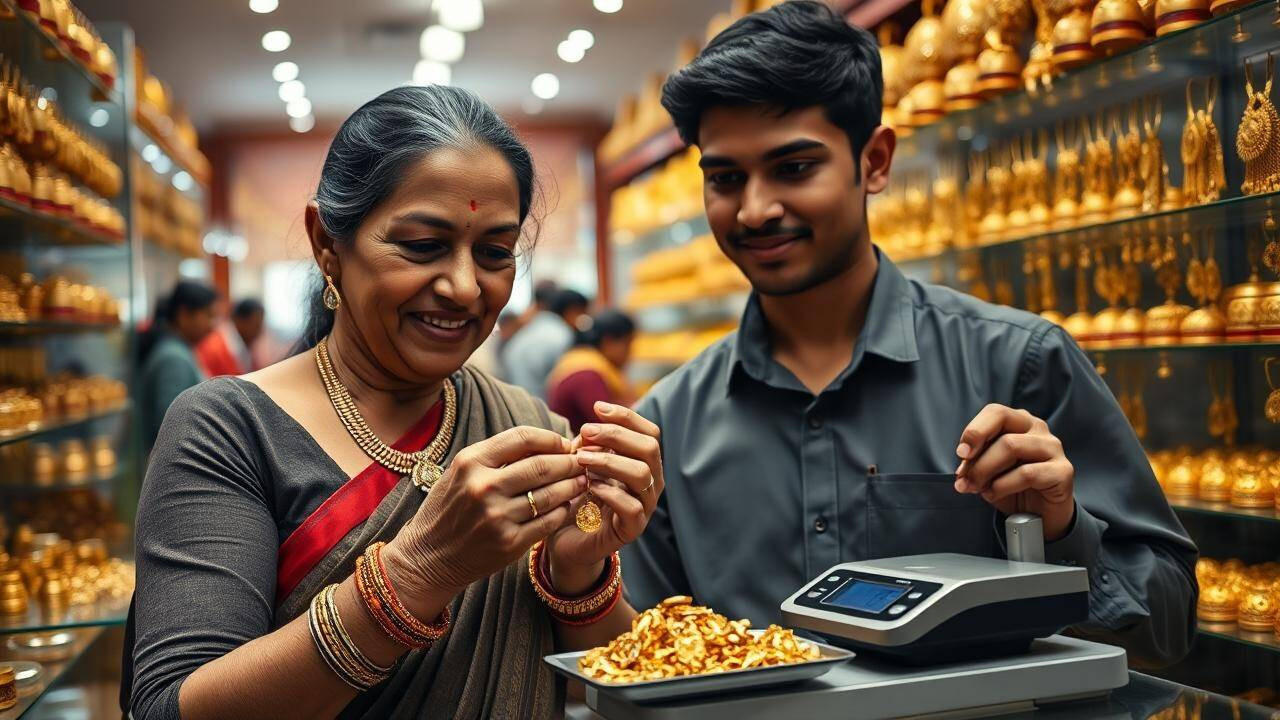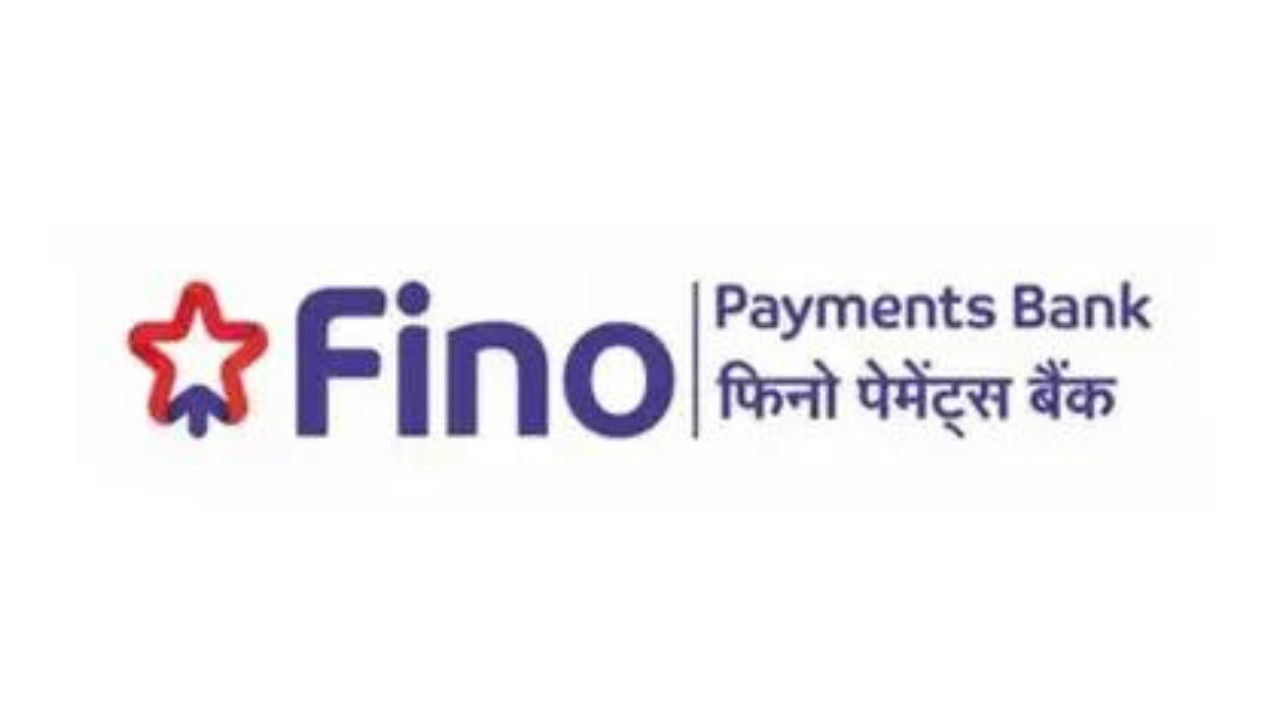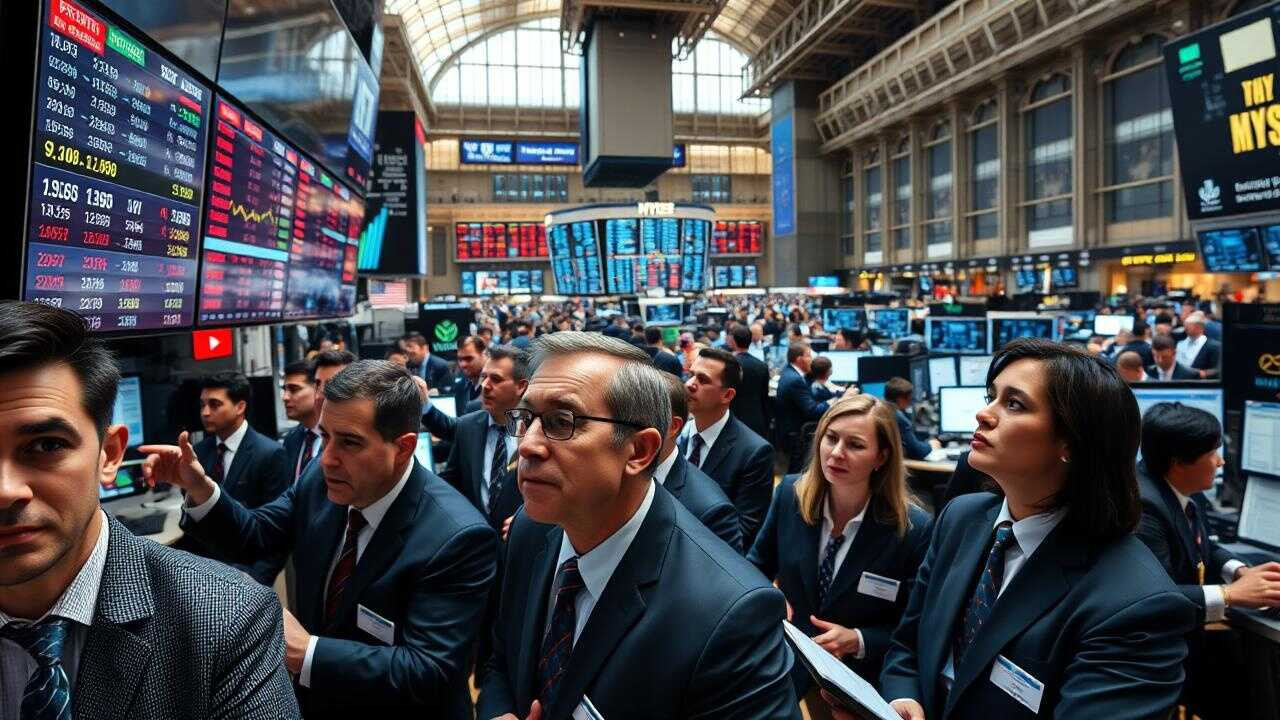Soaring gold prices are transforming the festive season into a gold exchange bonanza across India. Shoppers are increasingly trading old jewellery for new pieces, with exchanges now forming a significant portion of sales for major retailers. This trend, driven by rising prices impacting purchasing power, is particularly strong in northern, western, and eastern regions.
Trading Up: Why More Indians Are Choosing to Exchange Gold Jewelry
The gleam of gold has always held a special allure in India, woven deeply into our culture, traditions, and financial security. But lately, the way we acquire this precious metal is undergoing a fascinating shift. Forget solely buying new – more and more Indians are opting to exchange their old gold jewelry for new pieces. What’s driving this trend, and what does it mean for the future of gold ownership in the country?
The Rising Cost of New Gold: A Golden Hurdle
One of the most significant factors fueling the exchange trend is simply the soaring price of new gold. Global economic uncertainties, geopolitical tensions, and fluctuating currency rates have all contributed to pushing gold prices upwards. For many, buying brand-new gold jewelry has become increasingly expensive, a barrier that makes dreams of owning beautiful pieces feel out of reach. Think about it – the stunning necklace you’ve been eyeing might now cost significantly more than it did just a few months ago. This price jump has prompted people to explore more cost-effective avenues for adorning themselves with gold.
Unlocking Value: The Power of Gold Exchange
Here’s where the beauty of gold exchange comes in. Instead of letting old jewelry sit idle in a locker, people are now realizing its potential as a valuable asset. That heirloom necklace, those outdated bangles – they all hold intrinsic value based on their gold content. Exchanging them for new designs allows consumers to unlock that value and use it to offset the cost of a new purchase. It’s like trading in your old car for a newer model; you get to upgrade without bearing the full financial burden upfront. This clever strategy has resonated particularly well with budget-conscious consumers and those looking to update their jewelry collection without breaking the bank. The image below shows a family discussing their options for exchanging gold.

Shifting Consumer Preferences: A Desire for Modern Designs
Beyond price, changing tastes are also playing a significant role. Jewelry trends evolve just like fashion, and what was stylish a decade ago might now feel outdated. Many people are looking to refresh their collections with contemporary designs that better reflect their personal style. Exchanging old jewelry provides an easy way to achieve this. Instead of letting those vintage pieces gather dust, they can be used to acquire trendy, modern pieces that they’ll actually wear and cherish. It’s a sustainable and stylish way to stay current with the latest trends in gold jewelry.
The Jeweler’s Perspective: Adapting to Changing Demands
For jewelers, this shift presents both challenges and opportunities. They’re having to adapt their business models to cater to the growing demand for exchange services. This involves accurately assessing the value of old gold, offering attractive exchange rates, and stocking a wide variety of modern designs that appeal to exchange customers. Jewelers who can successfully navigate this evolving landscape are likely to thrive, building stronger relationships with their customers and solidifying their position in the market. Some jewelers are even offering innovative trade-in programs and personalized design services to further incentivize exchange.
The Future of Gold in India: A More Circular Economy
The increasing popularity of gold exchange signifies a broader trend towards a more circular economy in the jewelry sector. By repurposing existing gold, we reduce the need for new mining, which can have significant environmental impacts. It’s a more sustainable and responsible way to enjoy the beauty and value of gold. As awareness of these benefits grows, we can expect the exchange trend to continue gaining momentum, shaping the future of gold ownership in India. To further explore the topic of responsible investing, you may also find this article about understanding gold accumulation plans helpful.
In conclusion, the rise in gold exchange is a multifaceted phenomenon driven by rising prices, changing tastes, and a desire for a more sustainable approach to gold ownership. It reflects a savvy and resourceful consumer base that is making the most of its existing assets while embracing modern designs. As this trend continues to evolve, it will undoubtedly reshape the landscape of the Indian jewelry market and contribute to a more circular and responsible gold economy.







